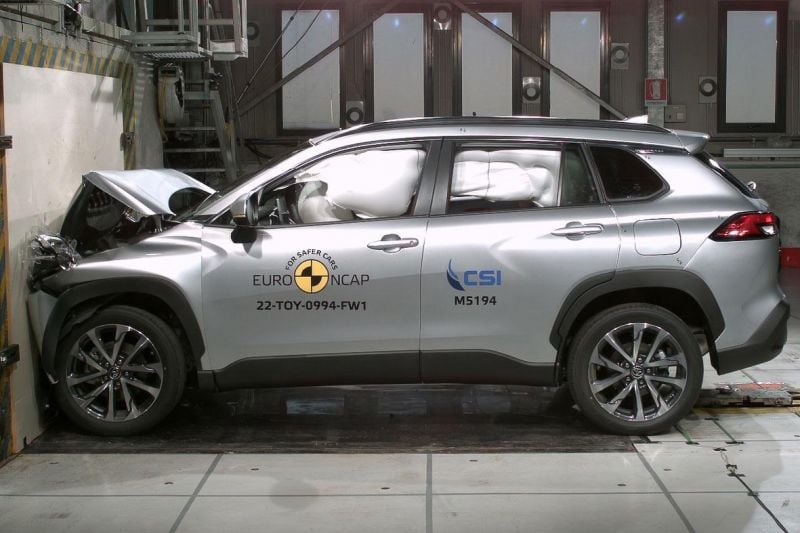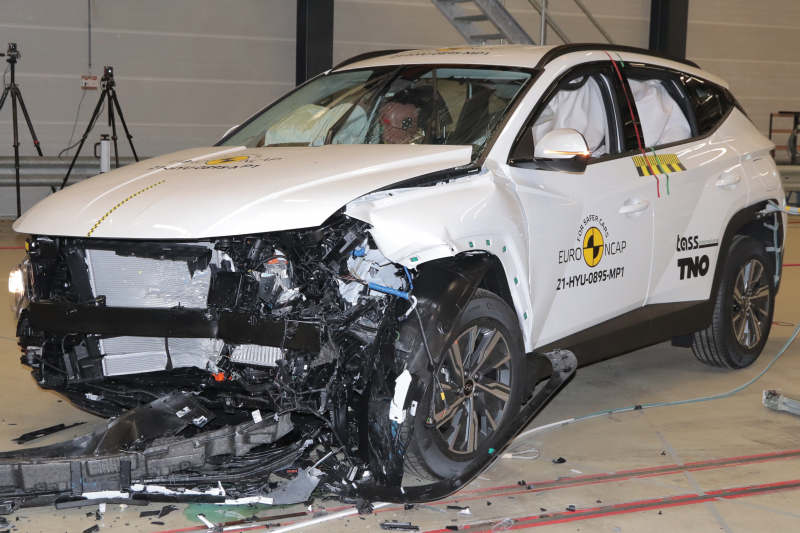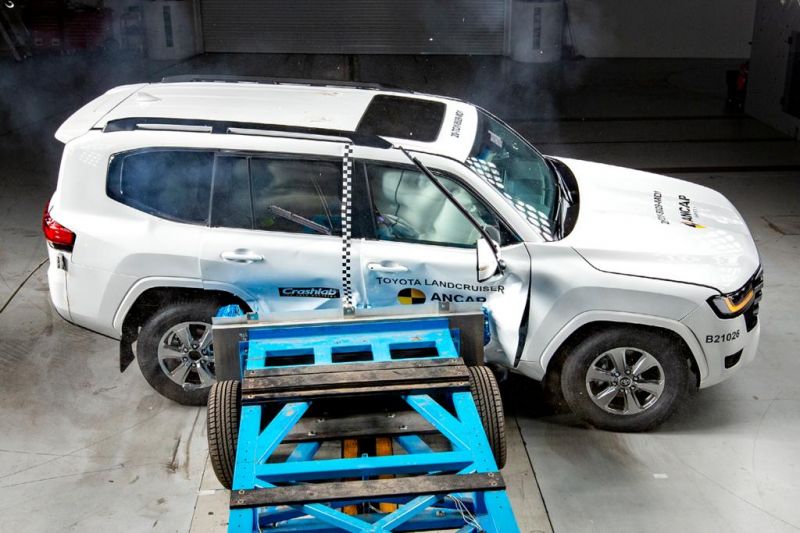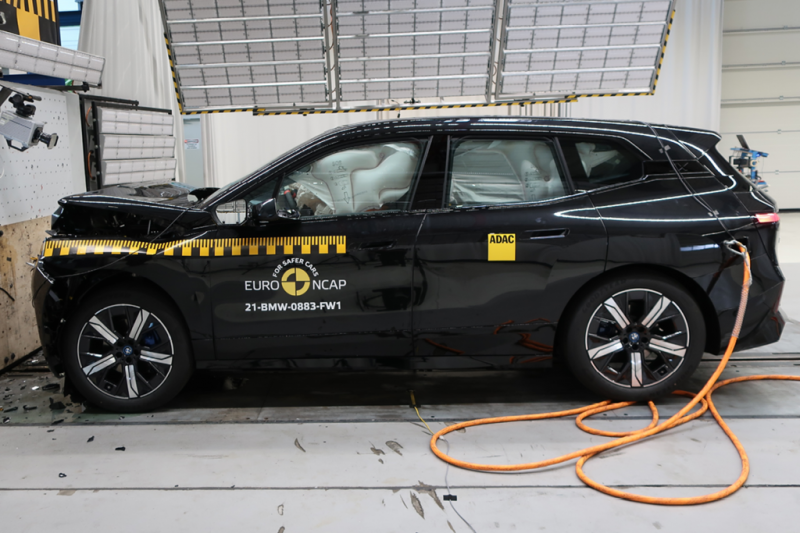Australia’s road safety referee is claiming the credit for work it hasn’t done.
The Australasian New Car Assessment Program (ANCAP) is responsible for the impartial crash testing used to produce its five-star safety scores for new cars, but the real work is mostly being done in Europe.
The breakdown of ANCAP’s spending on its crash testing efforts shows it spent around one-tenth of the money invested by Euro NCAP, its big brother in Europe, on its comprehensive program.
ANCAP spent $1.185 million to produce 34 star rankings in 2021-2022, according to its most recent public results, a tiny fraction of the $18.483 million spent by Euro NCAP.
The actual spending by ANCAP on crash testing is even lower, at $840,000 for 14 tests, compared with $11.1 million for 193 tests by Euro NCAP.
Even carmakers spent more on ANCAP crash testing, at $5.457 million, to satisfy Australian requirements. The amount they spent on vehicles and tests was said by ANCAP to be a record amount.
“Collaboration with Euro NCAP is vital. In 2021-2022 it allowed ANCAP to publish results for an additional 24 models,” ANCAP said in its offical report.
It also trumpets its influence in new-car showrooms.
“ANCAP’s ability to effect market change and communicate its messages to a wide base of stakeholders is a direct result of its solid member backing and their continued support,” it said in the official report.
“5-Star ANCAP safety ratings provide vehicle brands with a competitive advantage. The value vehicle brands place on ANCAP safety ratings is highlighted by their continued appetite for and support of ANCAP through the funding of tests plus provision of test vehicles.”
The financial details come as ANCAP celebrates its 30th year in Australia, the extension of its existing data-sharing deal with Euro NCAP and a $16.3 million commitment by the Federal Government to continue its funding of ANCAP for another five years.
They also come after ANCAP accused CarExpert of being anti-safety for questioning its methods, funding and results.
“It’s an organisation that certainly has a glass jaw,” one road safety expert told CarExpert.
ANCAP has been approached for comment by CarExpert.
The ANCAP approach allows it to take full credit for Euro NCAP’s research and star ratings, which are nearly identical to the ones it publishes in Australia after local experts assess and ratify the raw data and methodology from Europe.
The latest information on ANCAP’s performance also shows that 94 per cent of the 34 vehicles rated in 2021-2022 achieved the benchmark five-star rating, with just 6 per cent – two vehicles – managing a 4-star score.
None of the vehicles tested scored a rating between zero and three stars, despite the five-star spread of the available ratings.
“Why do we need this? What do they bring to the party?”, the CEO of a major independent car importer told CarExpert.
The financial records reveal a total of $25.13 million was spent to produce the 34 star ratings, for an average of $785,000 for each vehicle rated by ANCAP.
“135 vehicles worth $9,747,000 were destroyed in the name of safety,” ANCAP said.
“33 vehicles to the value of $2,029,000 were provided by vehicle brands for local testing.”
“13 alternative powered models were rated.”
According to ANCAP, the most expensive vehicles to rate were the BMW iX battery-electric car at $1.48 million and the Toyota LandCruiser at $1.25 million.
The ANCAP report reveals its 21 member organisations, including the Federal Government, had contributed $47.63 million to the organisation’s funding over the previous 16 years.
Its funding for 2021-2022 was $3.56 million, which it said was translated into $25.13 million in test results, yet the actual testing investment was only one-third of the organisation’s total spending.




